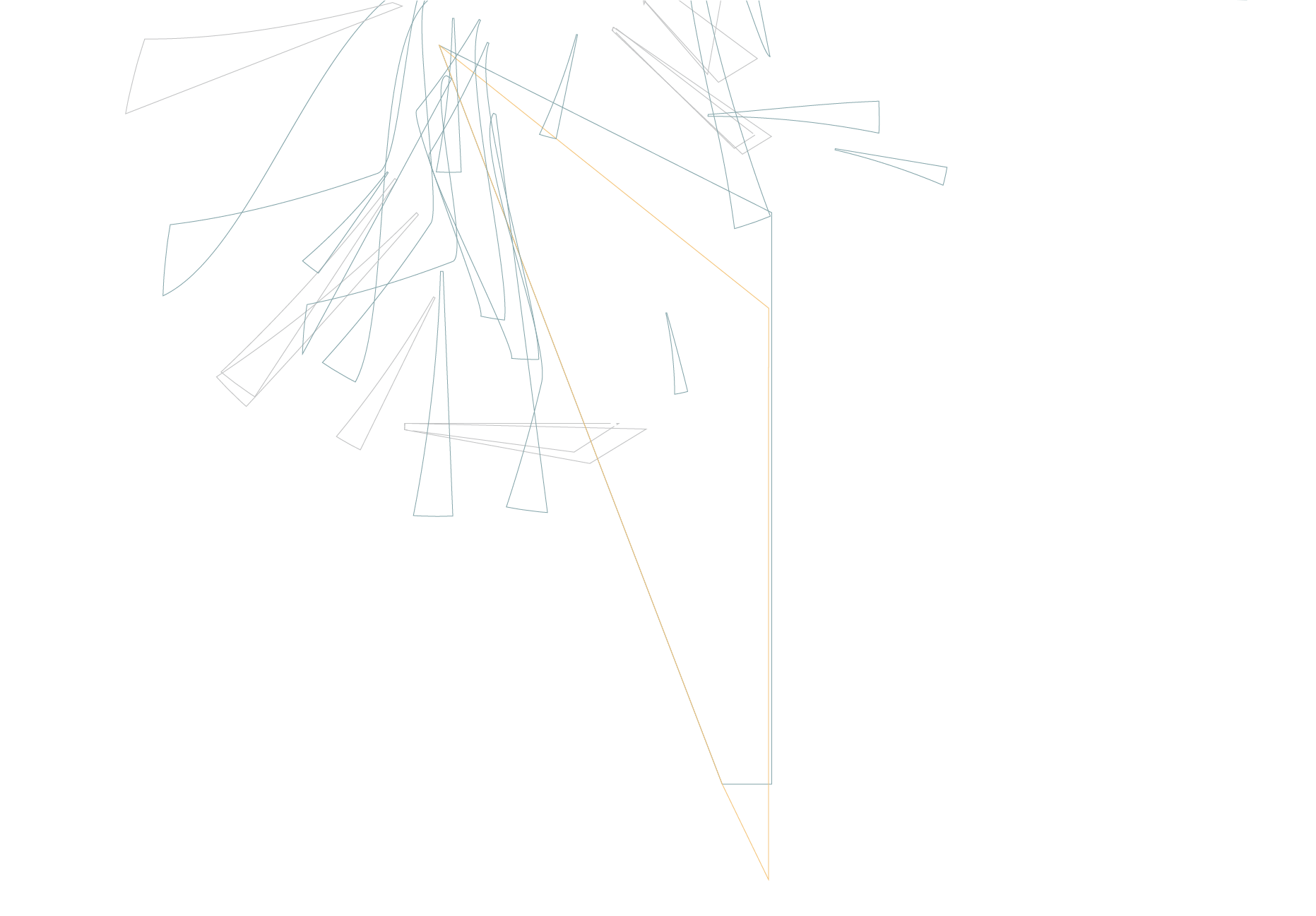


If you have any feedback about our new interactive report, or if you or your organisation would like support from Pawsey to help you dream bigger, get in touch!
Dreaming Bigger
General / Administration
P +61 8 6436 8830
F +61 8 6436 8555
Pawsey Supercomputing Centre
1 Bryce Avenue
Kensington WA 6151
Australia
Enquiries
Media Enquiries
P +61 8 6436 8920
pr@pawsey.org.au

The Pawsey Supercomputing Research Centre is supported by the Australian Government through a $70 million grant made under the Industry Research and Development Act and administered by the Department of Industry, Innovation and Science. Pawsey is also supported by the Australian Government under the National Collaborative Research Infrastructure Strategy (NCRIS) through the Department of Education. The Centre would also like to acknowledge the support provided by the Western Australian Government and its Partner organisations.
We are grateful for the support of our core partners.
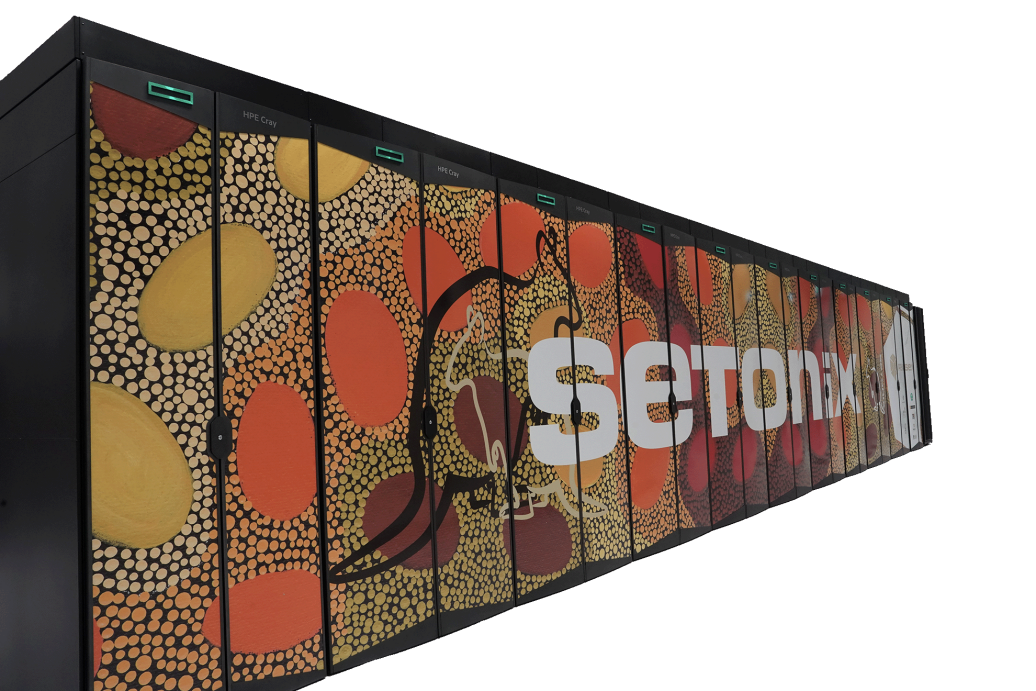
As one of the most energy efficient systems in the world and ranked in the top 15 for compute power on its debut in November 2022, it represents an enormous advance in Australia’s research supercomputing capability.
It takes its name from Western Australia’s favourite animal, the Quokka (Setonix brachyurus).
Our systems
Pawsey’s systems bring together the high-performance computing infrastructure needed to accelerate science.



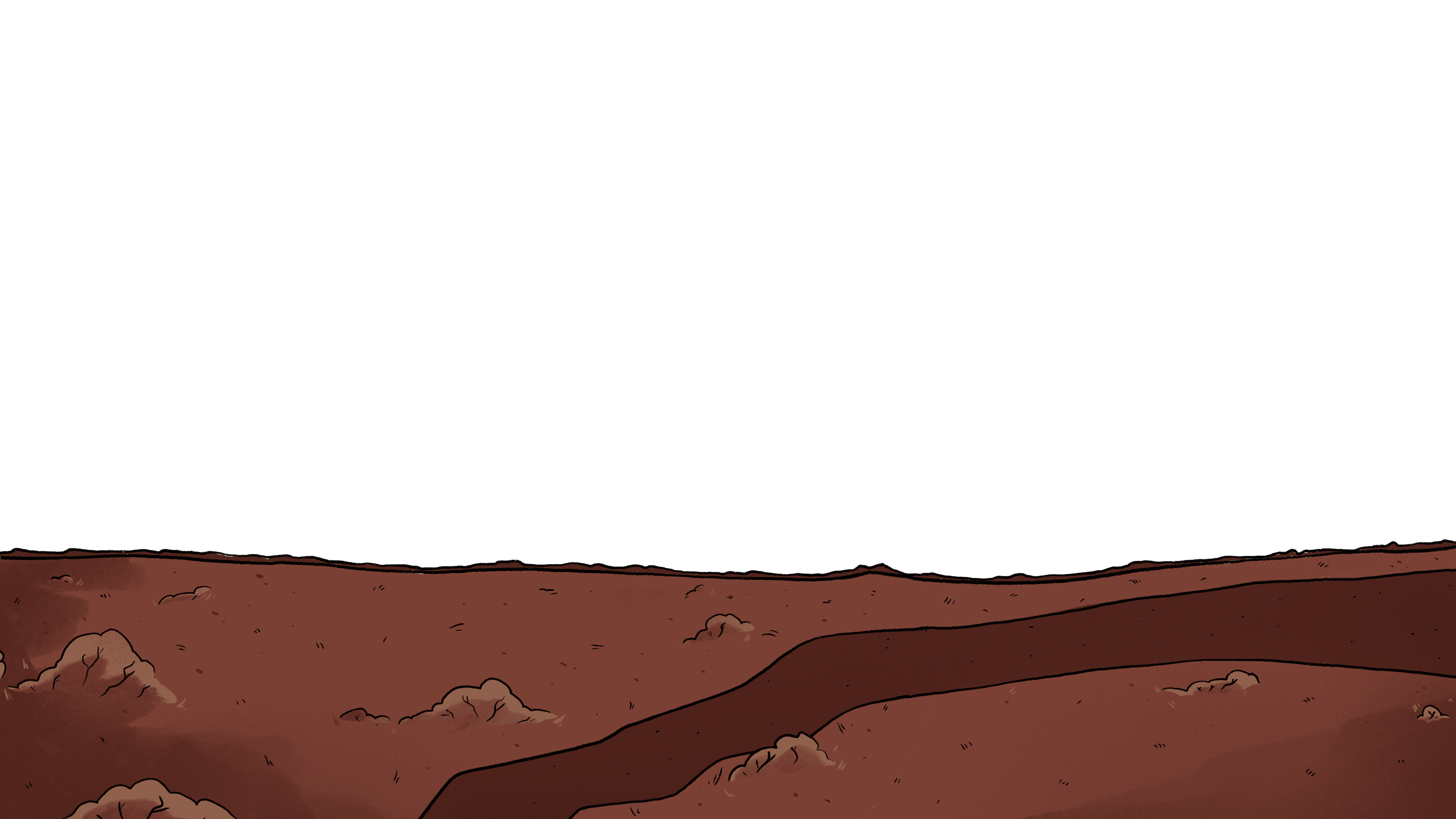
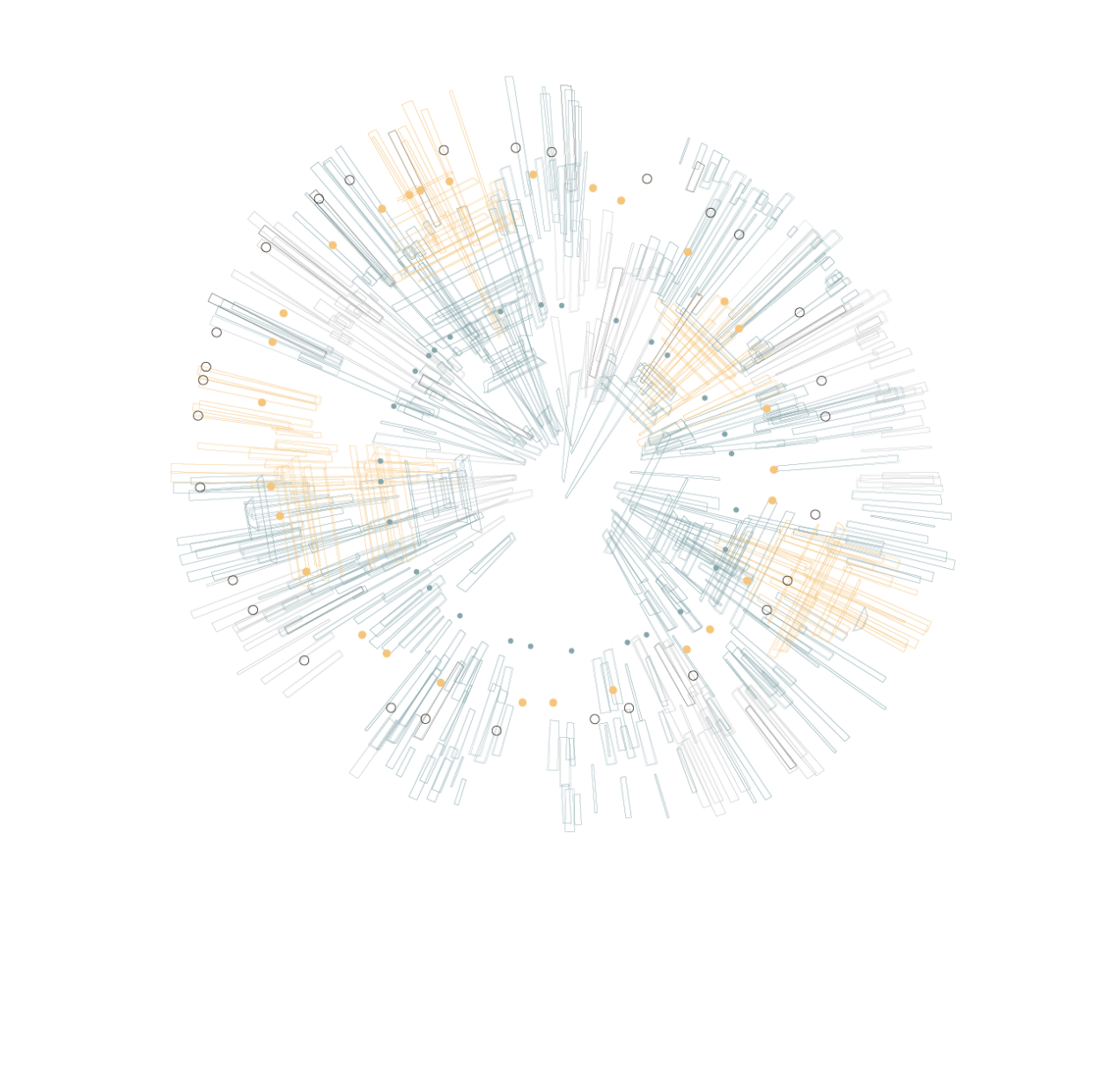
Stacy tyson


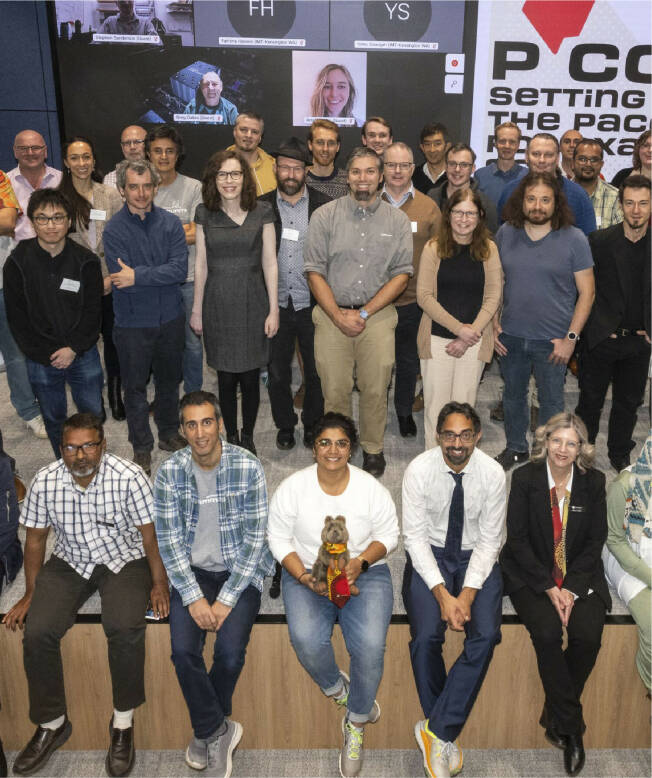
Preparing for the future



Managing
a complex refresh



Making
code more efficient
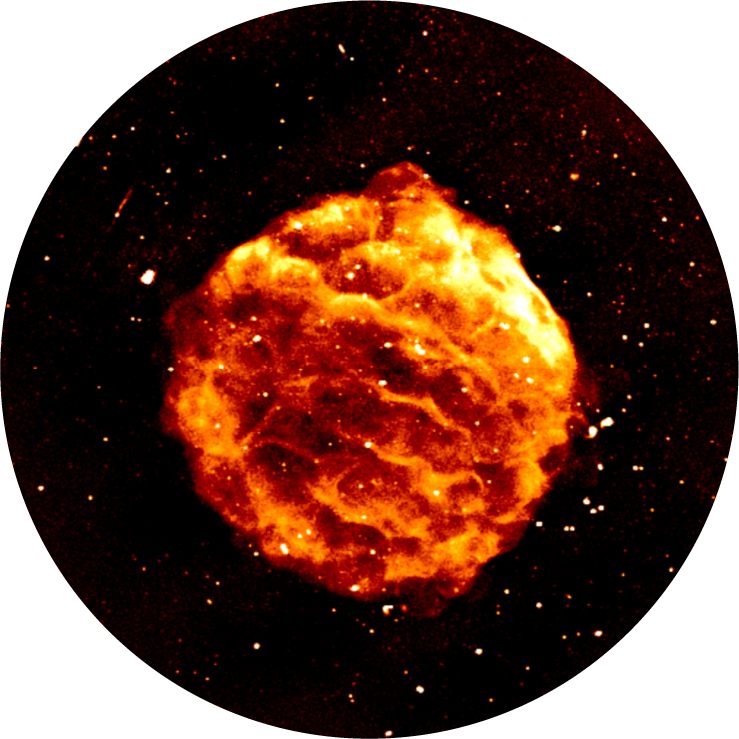
The supernova remnant is a great example of cutting-edge research. It highlights an unsung hero of the capital refresh, our primary object storage system, Acacia.
Acacia gives researchers the ability to access their data quickly, which means their code can run more efficiently and faster on Setonix. Acacia allows researchers to store more data, which in turn reduces the energy demands from the system.
This stunning image of a supernova remnant came from data collected by CSIRO’s ASKAP radio telescope, one of the precursor instruments to the international SKA project, which was stored on Acacia. Researchers then used Setonix to process the data and this spectacular image was brought to life.
ASKAP is located at Inyarrimanha Ilgari Bundara, CSIRO’s Murchison Radio-astronomy Observatory. We acknowledge the Wajarri Yamaji as the Traditional Owners and native title holders of the observatory site.
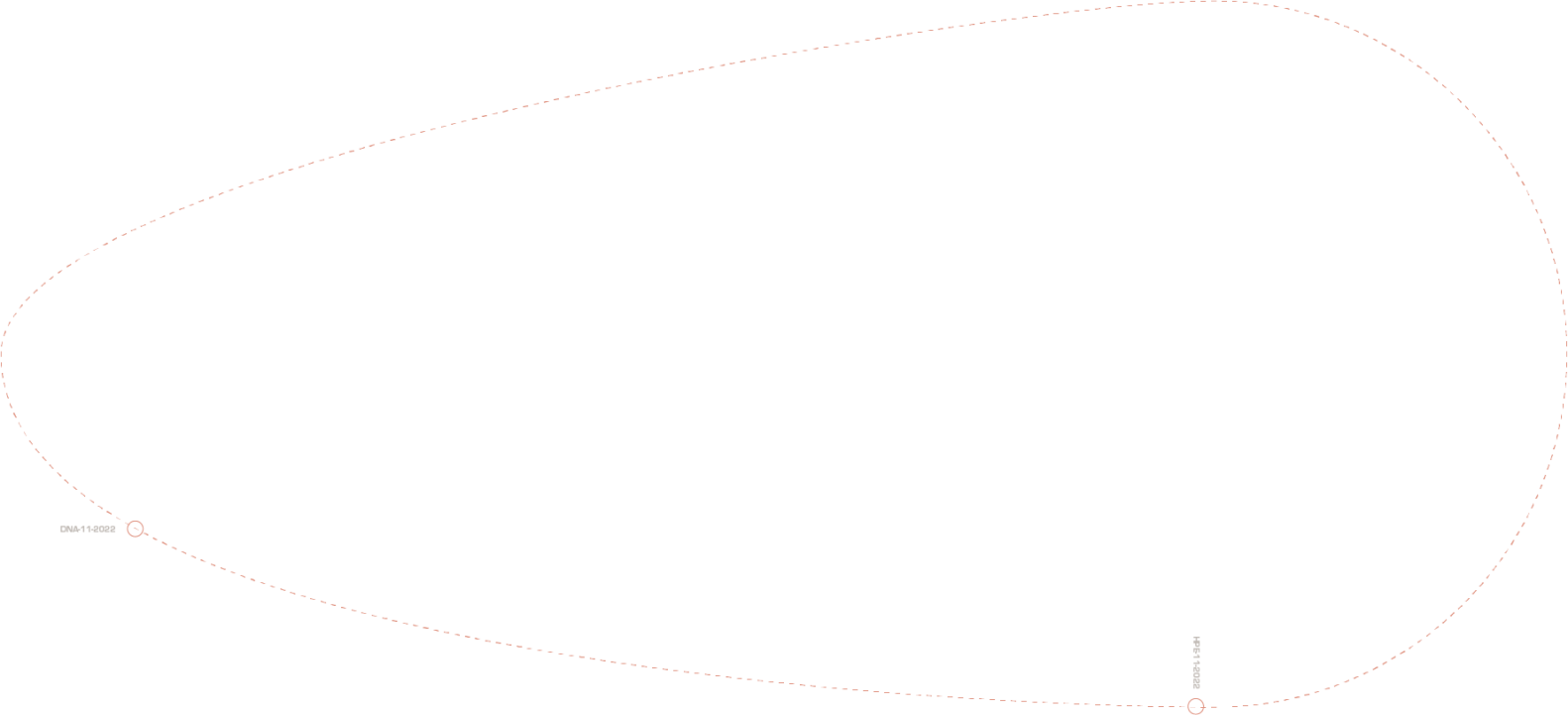
Capturing
a supernova

Introducing the most powerful supercomputer in the Southern Hemisphere, with minimum downtime, is no easy task.
After launching Phase One of Setonix in early 2022, it has been hugely rewarding to see Phase Two now in place on the Pawsey floor.
Collaborations between researchers and developers are producing tangible outcomes and new and exciting science is being performed.
“Once the first stage of Setonix was in place and we started moving researchers across, within a week we were seeing science that just couldn't be previously done with our old systems.”


Acacia
is a disk-based system powered by Dell, providing 60PB of high-speed object storage for hosting research data online.
Galaxy
is unique in being the world’s only real-time, supercomputing service for telescopes used in astronomy research. Galaxy is set to be retired in 2023.
Topaz
provides our users with enhanced GPU capabilities, for AI, computational work, machine learning workflows and data analytics.
Garrawarla
is a dedicated system that is available only to Murchison Widefield Array (MWA) radio astronomers.
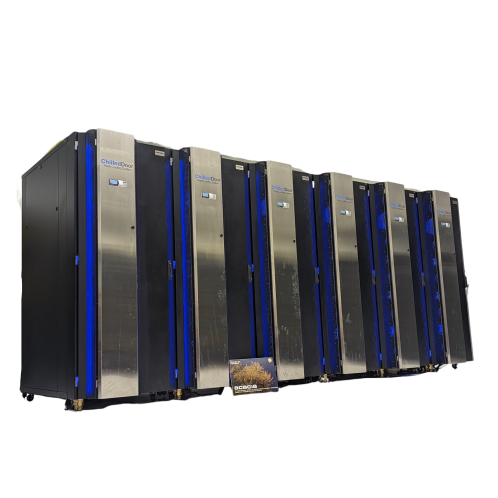
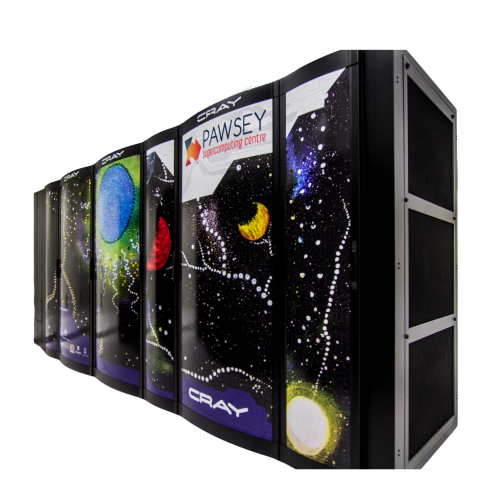
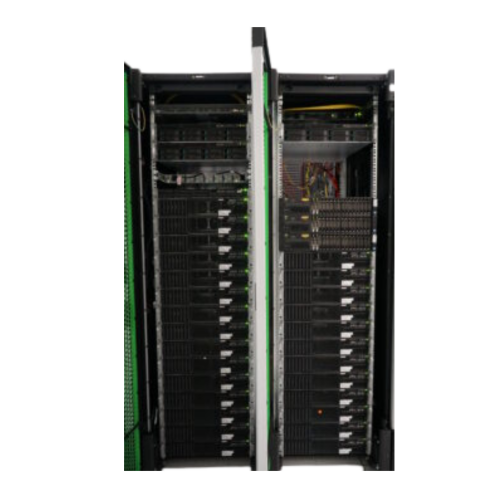
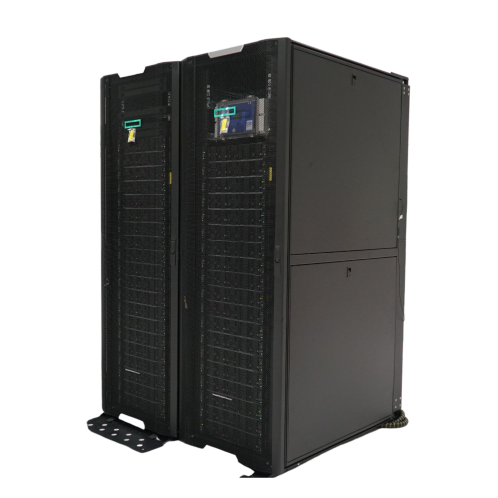
Setonix is Pawsey’s flagship HPE Cray EX supercomputer.

Setonix might grab the headlines, but it is joined by other critical elements in our HPC infrastructure,
